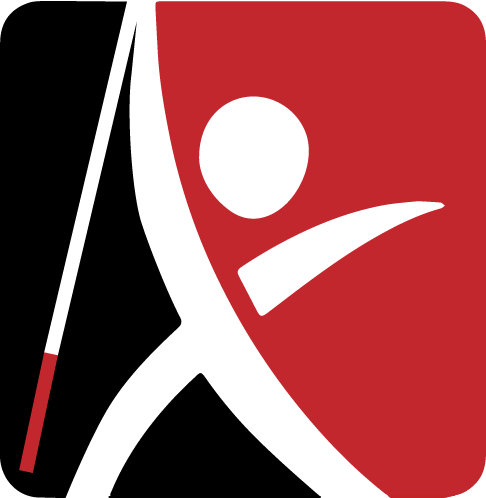Please email once you are done with the webinar, so I can send your certificate – ceu4caoms@gmail.com
O&M Show and Tell: Lesson Idea Exchange
Spend an hour in a group with your O&M peers to exchange ideas.
Rethinking Long-Standing Practices Affecting Personnel Shortages
Rethinking the concept of an expanded core curriculum through the Focused Core Curriculum: A reasonable, realistic and respectful approach to educating children with visual impairment.
Oko app – navigate and explore places confidently using AI
Gaining knowledge on how to use Oko App
What’s New on the Streets?
Come learn about what’s new on the streets (since the 2012 publication of TAPS) and how these changes impact pedestrians with visual impairments.
